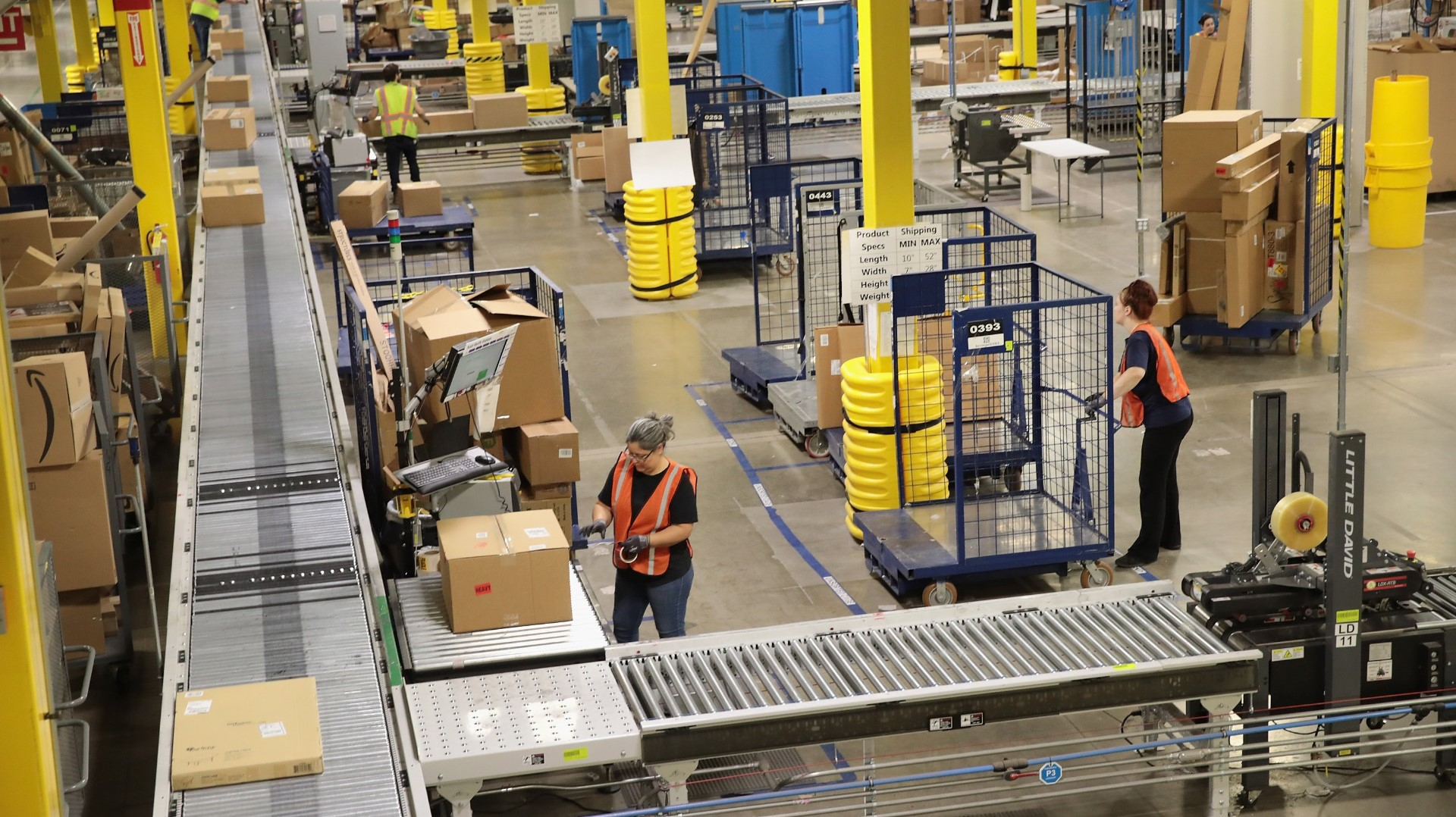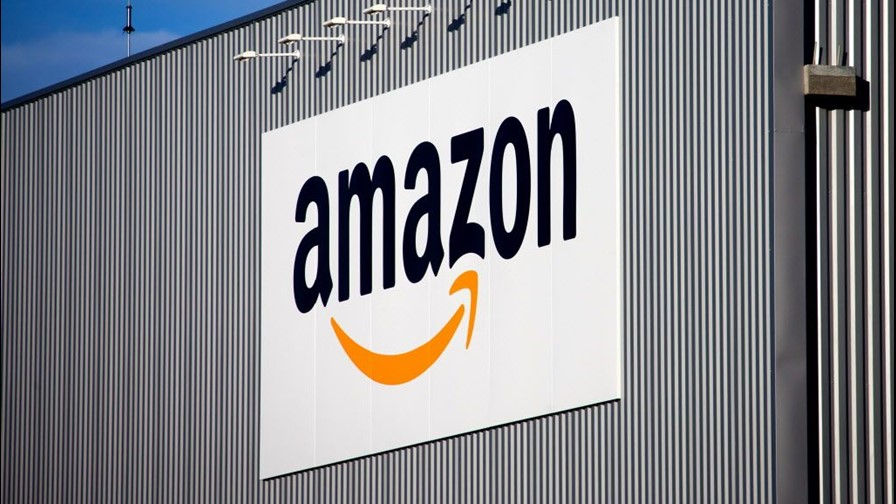USA TODAY — Amazon's planned test of its own delivery service from merchants' warehouses to its fulfillment centers is the first step in a long-term strategy that could change how packages make the final journey to your door, possibly resulting in lower prices and faster shipping times for consumers.
The experiment is expected to launch sometime later this year in the Los Angeles area with a handful of companies that sell goods on Amazon's site, sources familiar with the project who asked to remain anonymous because they weren't authorized to speak publicly told USA TODAY.
The proposed service would allow third party sellers — whose goods make up the majority of those sold on Amazon — to have an Amazon truck come to their warehouse, pick up pallets of packages and take them to an Amazon fulfillment center where they would be inserted into Amazon’s formidable delivery system. Right now they have to ship them to Amazon centers themselves.
By using Amazon to come and pick up packages, the merchants could shave as much as a day off delivery times, a boon when time equals money and also customer satisfaction.
At least in its initial phase, the test would only involve deliveries between Amazon merchants and Amazon's own fulfillment centers, not delivery to customers' homes.
Once they left the Amazon fulfillment center the packages would still be delivered by whichever of the several delivery systems Amazon already has in place, which includes UPS, FedEx, the U.S. Postal Service and local delivery contractors.
Longer term, the project could expand into a larger, full service delivery system that would circumvent Amazon's traditional last-mile shippers such as UPS and FedEx.

The The Wall Street Journal first reported on Amazon's delivery service plans.
Amazon would not comment on the reports and in a statement to USA TODAY said only that it was always innovating and experimenting on behalf of customers and the businesses that sell on Amazon to create faster, lower-cost delivery choices.
Given the competitive nature of e-commerce, the upshot of an expanded Amazon delivery network could lead to lower prices and faster delivery times for consumers.
“If Amazon controls their customer's supply chain they could potentially charge less for the items on their platform, which could create a price war with Walmart and possibly Target,” said John Haber, CEO of Spend Management Experts, an Atlanta-based supply chain management consulting firm.
Not (yet) a last-mile delivery systemAn Amazon package left on at a doorway in San Francisco. (Photo: Elizabeth Weise)
Prospects of Amazon getting closer to taking over the entire delivery route hit shares of FedEx (FDX), which dropped 1.65% on Friday. UPS (UPS) stock fell 2.6%.
UPS said it has no concerns about even long-term plans Amazon might have.
“There’s plenty of growth to go around,” said spokeman Steve Gaut. “For all of the discussion about Amazon’s impact on UPS, our revenue is up 8% and package volume is up 5% last year,” he said
UPS does not reveal what percentage of its income comes from Amazon. However, an SEC rule requires it to disclose if it has any clients that represent 10% or more of its revenue, a disclosure the company has never had to make.
In a statement to USA TODAY, FedEx said that concerns about possible Amazon expansions demonstrate a lack of basic understanding of the full scale of the global transportation industry. FedEx has said no more than 3% of its business comes from any one customer.
Starting small and only working with its own business customers fits with Amazon’s usual approach of testing on itself and small groups of customers before expanding to larger markets. That’s how it launched its profit-machine AWS cloud service company. Just last week it announced that it would begin grocery deliveries from Whole Foods Markets in four cities to start.
Amazon already ships some of its own goods through its Amazon Logistics services. If realized, this delivery expansion to its third-party sellers would continue the Seattle-headquartered company's disruption of traditional retail and customer relationships.
Four years ago, Amazon acquired a 4.2% stake in U.K. shipping service Yodel and a 25% stake in French delivery service Colis Prive. These came after some Christmas orders were not delivered timely. Amazon has since become the sole owner of the French company.
In 2015, Amazon bought and deployed thousands of Amazon-branded trailers in the U.S. to ferry shipments from its fulfillment centers to local sorting hubs. It now has over 6,000 such trailers.
Amazon also has an air freight subsidiary, Amazon Air, based out of the Cincinnati/Northern Kentucky International Airport. Its fleet currently consists of 32 Boeing 767 cargo planes.
Last year it announced a $1.4 billion investment at the airport that's expected to be its primary air freight hub, leasing more than 900 acres for a facility that will eventually support more than 100 Amazon Air planes and employ more than 2,700 people. (Photo: Amazon)
The push into delivery could also be a very long-term play against Amazon’s biggest rival in online delivery, Walmart. That’s because Walmart has partnered with and owns an equity stake in JD.com, China’s second largest e-commerce provider.
The Beijing-based company has built out its own delivery and supply chain network — one it’s now looking to take it into Australia, Europe and the United States, noted Haber.


